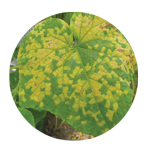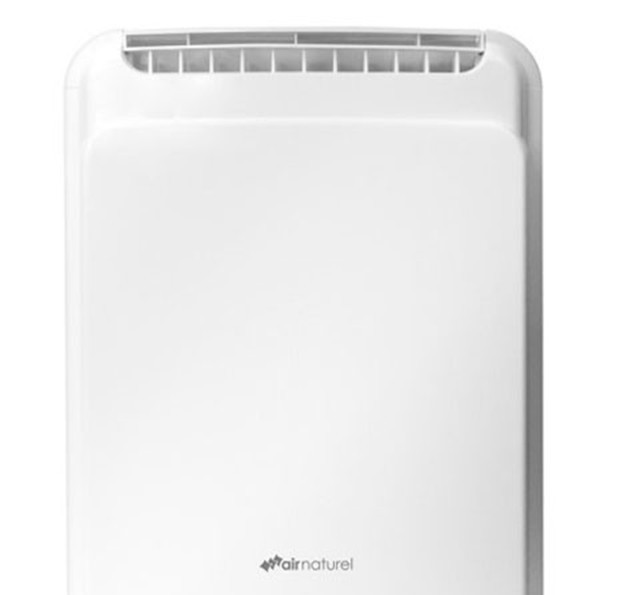Powdery mildew and downy mildew
Definition

Powdery mildew and downy mildew are phytopathogenic fungi that cause plant weakening and disease.
Spread of powdery and downy mildew

If the fungi develop, the leaves bend, necrose and eventually fall.
Pale yellow areas may also appear at first.
The part of the mycelium that contains the fungus spores emerges from the stomata of the plant. With good lighting, a gray-mauve felting can easily be noticed on the underside of the leaves.
Then a whitish down, a kind of powder appears replacing the spots.
Symptoms

Good to know, downy mildew appears on the upper side of the leaf, but there are exceptions. One form of mildew develops only on the underside of the leaf, no wonder it often goes unnoticed.
From the leaves the fungi then move to the buds.
How to fight against powdery mildew and downy mildew?
Lower the humidity with a dehumidifier or good ventilation
Prefer prevention before the attack of the fungi at the risk of having to throw away all your crops.
Try to prevent the introduction of spores that can contaminate your plants by keeping the growing area clean.
Follow the guidelines below:
- Keep humidity low and clean the growing area well.
- Wash your tools well
- Wash your hands
- Inspect old leaves regularly for pale yellow discoloration and fungal growth.
- You can trim suspect leaves, place them in a resealable bag with a damp paper and put it in a warm place. Two days later, inspect the leaves for signs of mildew, possibly with a magnifying glass.
- Throw away any infected leaves, but also make sure you don't spread the disease yourself. Be sure to wash your hands regularly, preferably with an alcohol solution.
- Burn the infected material.
- Remember to repeat the spraying several times.
Biological control
With biological or chemical products, be aware that the effect is not permanent
It is better to prevent the fungus from getting into your crops. As powdery mildew and downy mildew have different properties, you must be sure to use the right product.
